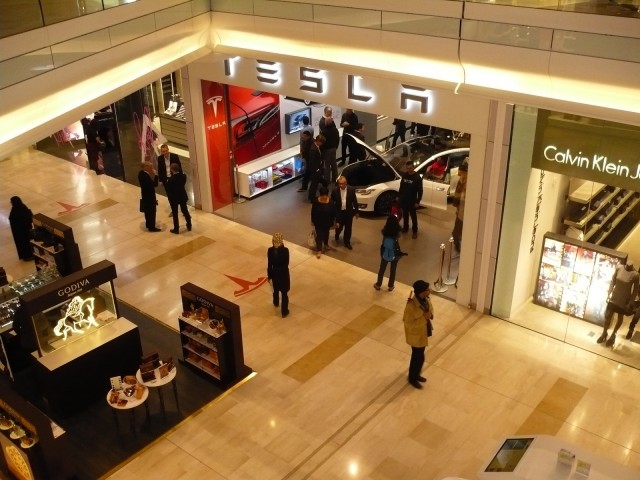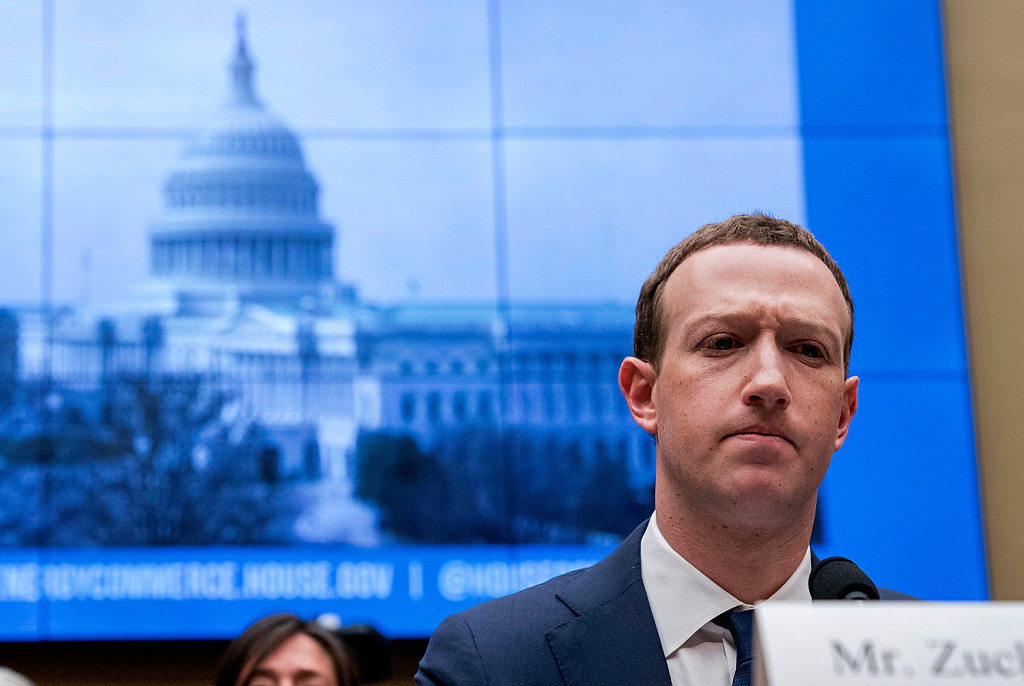In what seemed like a sudden announcement, Elon Musk announced Tesla will stop selling its entry-level 75D versions of Model S and Model X.
“Starting on Monday, Tesla will no longer be taking orders for the 75 kWh version of the Model S & X,” Musk tweeted few days ago. “If you’d like that version, please order by Sunday night at Tesla.com.”
This news might come across as a careful strategic decision as Tesla is seen to be focusing more on higher-mile ranges with its 100D versions. The Model S 75D has a starting price of $76,000 and go about 259 miles in a single charge. Comparing that to the 100D version, that’s about $18,000 and 76 miles less.
The Model X 75D has a starting price of $82,000 and can go 237 miles on a single charge. This is $15,000 and around 58 miles less than the 100D.
This change can be seen as complementary to the increase in production and sales of the Model 3 sedan. The cheapest version of the Model 3 sedan starts at $44,000, while the most expensive version starts at $62,000.
Tesla’s current customer pool can be broadly divided into several categories stretching from the entry-level luxury segment all the way to the higher end of the luxury segment.
Model 3 caters to the former while the more expensive versions of Model S and Model X cater to the latter. 75D fell into neither, and at a price point overlapping the Model 3 Performance, it became more of a liability than a valuable asset.
The more expensive versions of these cars can travel much longer distances on a single charge, and offer more space as well as luxury compared to the Model 3, creating a better value proposition for luxury segment buyers. Simply put, Tesla is trying to avoid a situation where
With the 75D gone, the focus shifts to Model 3, with the cheapest version starting at $35,000 expected to come out later this year. This shift will widen the gap even more between the Model 3, which will now target buyers in the entry-level to the mid-level luxury segments, with the Model S/X targeting the higher end of the luxury segment.
This adjusted price positioning of Model 3, Model S and Model X will allow Elon Musk to set aside greater production capacity for the Model 3, and we can expect to see a lot more of them on the road later this year.



